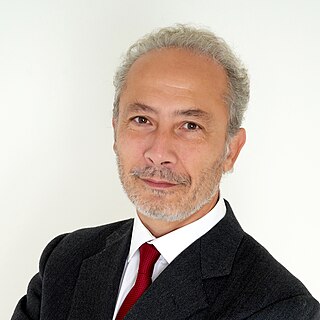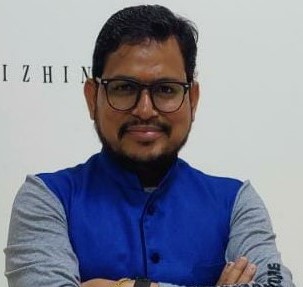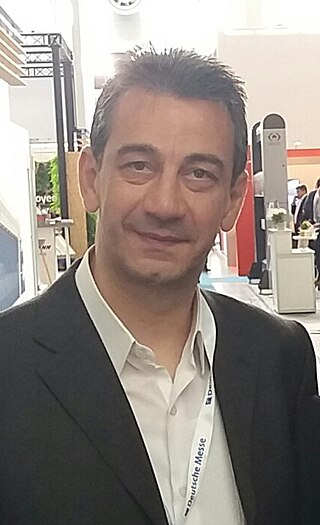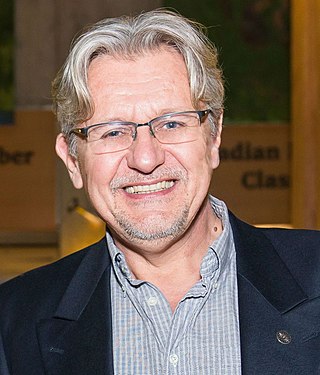Pollutant exposures, indoor air quality, fragranced consumer products
Since 2007 Steinemann has focused much of her research on "pollutant exposures and associated health effects, including topics of indoor air quality, consumer product testing and evaluation, exposure assessment, and healthy homes and communities". [16]
She has published research papers and monographs on the health effects of fragranced products (such as perfume, household cleaners, laundry supplies, personal care products, scented candles and air fresheners), concluding that those products "impair rather than improve indoor air quality" and "pose a range of health and economic risks". [17] [18]
She has found that emissions of carcinogenic and hazardous air pollutants from "green", "organic" and "all-natural" fragranced products were not significantly different from regular fragranced products. [19] [20] [21] [22]
Furthermore, she has noted that "relatively few ingredients of the fragranced product emissions" are "disclosed to the public", that "more than 156 VOCs were emitted from the 37 fragranced consumer products" examined by her, and that of those "156 VOCs, 42 VOCs were classified as toxic or hazardous under US federal laws, and each product emitted at least one of these chemicals". [23] [24] However, of more than 550 volatile ingredients emitted from these products, fewer than three percent were disclosed on any label or safety data sheet. [20]
Her nationally representative population studies found that 34.7% of adults in the US, 33.0% in Australia, 33.1% in Sweden, and 27.8% of people in the United Kingdom report adverse health effects from exposure to fragranced products. [25] Adverse health effects include asthma attacks, breathing difficulties, migraine headaches, dizziness, seizures, rashes, and gastrointestinal problems. [25] The effects are also economic with "more than 20% of respondents entering a business, but leaving as quickly as possible if they smell air fresheners or some fragranced product". [23] [26]
Further, 15.1% of Americans report they lost workdays or lost a job, in the previous year, due to illness from fragranced product exposure in the workplace. Personal costs due to these lost workdays and lost jobs were estimated at $132 billion in one year (2016). [27] [28] [19]
Health effects from exposure to fragranced products can be so severe as to be disabling, according to her studies. Across the four countries (US, Australia, Sweden, and the United Kingdom), 9.5% of the general population report adverse health effects that could be considered disabling, according to legislation in each country. [27] [28] [19]
Fragrance-free environments were preferred by a strong majority of the population across four countries, as her studies found. For instance, more than twice as many people would prefer that workplaces, health care facilities and professionals, hotels, and airplanes were fragrance-free rather than fragranced. [28] [19]















